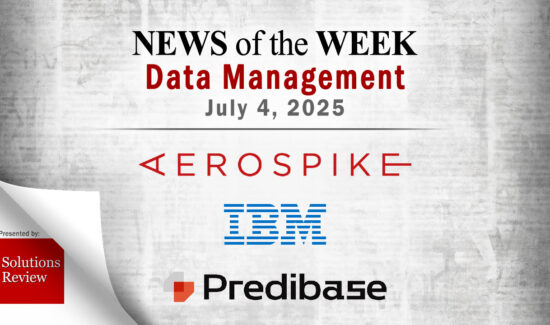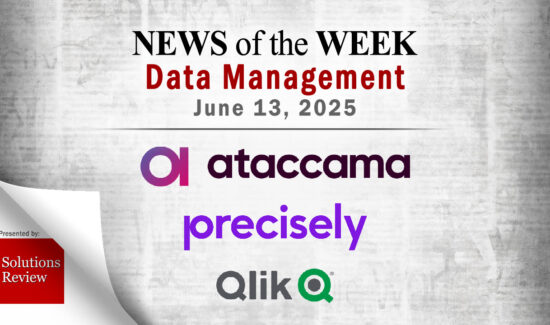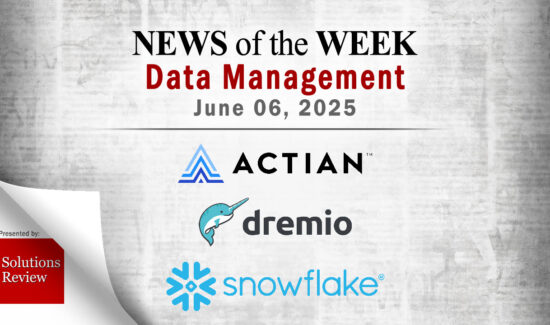Gartner Magic Quadrant for Data Warehouse and Data Management Solutions for Analytics: Key Takeaways


Gartner recently released their 2016 Magic Quadrant for Data Warehouse and Data Management Solutions for Analytics. The technology research giant notes that the one constant in this market is disruption, citing the demand for broader tools that address multiple types of data and offer a variety of distributed processing and repository options for organizations. Companies are now requiring Data Management tools for use with analytics that can handle the management and processing of diverse data formats, both internally and externally.
As noted, the disruption has spurred an evolution in this software market, and with customers now expecting tools that support a wide variety of data types, there is now a demand for integrated solutions that include an interoperable services tier for managing and delivering data. In addition, Data Lakes and the ability to manage streaming data are now within reach for many more organizations.
Market evolution is demanding a much more broad range of Data Management solutions for performing analytics. Gartner has also reported that customers now prefer the cloud. Companies are beginning to consider cloud IaaS or PaaS as a means of developing their analytics environments due to their flexibility, agility, and ability to cut costs. Deeper rifts will emerge as businesses make the switch, as these tools are in direct competition with the positioning of vendors who offer hardware appliances.
 The 2016 Gartner Magic Quadrant for Data Warehouse and Data Management Solutions for Analytics:
The 2016 Gartner Magic Quadrant for Data Warehouse and Data Management Solutions for Analytics:
- Complete enterprise market overview from leading researchers
-
- Magic Quadrant graphic for quick and easy vendor comparison
- Strengths and weaknesses of the top integration tools
- Expert analyst recommendations
1. Our definition of the data warehouse is growing: Gartner says that the term does not mean relational, integrated repository. Rather, the data warehouse is what was built to do that, and new SLAs are indicating that data shouldn’t always be integrated. The evolution of this market is demanding a much more broad data management solution for performing analytics.
2. Customers want cloud solutions: Organizations are beginning to consider cloud IaaS or PaaS as a means of developing their analytics environments due to their agility, flexibility, and ability to cut costs. Further disruption will persists as the cloud challenges the positioning of vendors who offer hardware appliances.
3. Big Data and Data Lakes have defined roles: The Data Lake has expanded the role of the data warehouse, and successful companies now pursue Big Data to use within their Advanced Analytics platforms, taking a best-of-breed approach since no one tool can satisfy all their needs. Some customers are deploying multiple tools from within the same vendor stack, but are now seeking approaches to integrate with very large management and analytics silos.
4. Best-fit engineering has emerged: Contrary to the best-of-breed approach where organizations hire someone to deploy all the leading tools in several areas, starting with the best solution first and using it in secondary roles that may emerge – even if less functional, Gartner believes that the least-required technology for each job function should be considered first, and believes companies are trending this way. This ensures that each tool is used for its most appropriate purpose, facilitating cost-effectiveness and precision deployment.
Gartner runs product evaluations in order to assess whether or not a vendor should be added to the Magic Quadrant ecosystem of providers, and this year, four new members were included in the discussion: Hortonworks, MemSQL, MongoDB, and Transwarp. Nearly a dozen vendors hover near the graphs equator in this year’s report, indicating that the landscape is rapidly evolving. As customers push providers in the direction that they see their data environments going, providers will pivot to evolve their offerings. With only three extremes, there looks to be a great deal of parody in the current Data Management software market.
Read Gartner’s Magic Quadrant.
Widget not in any sidebars


















